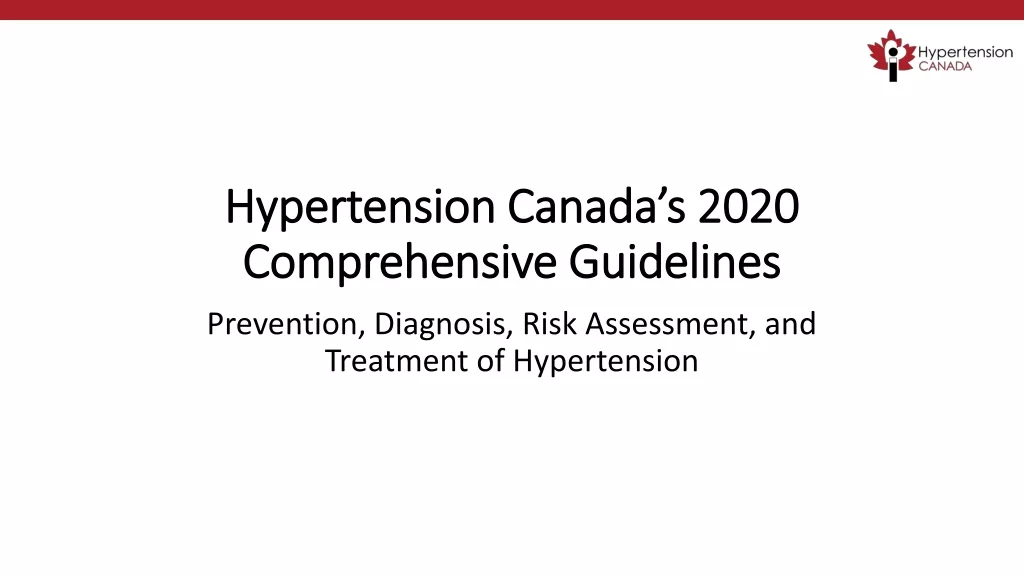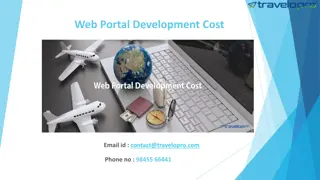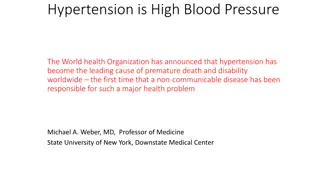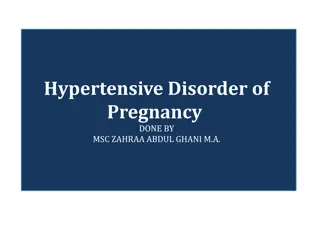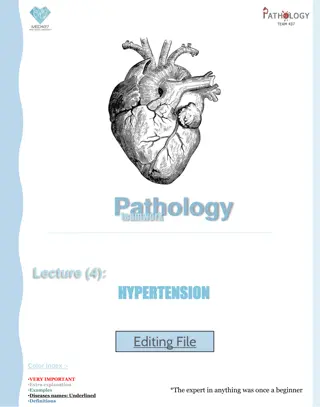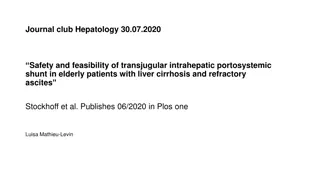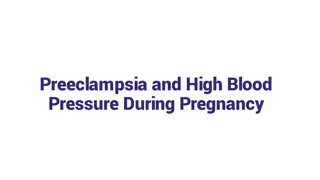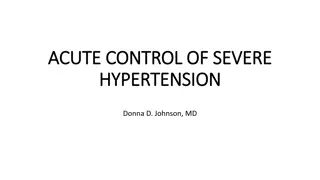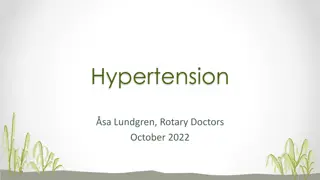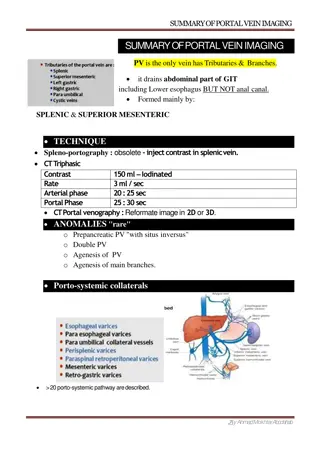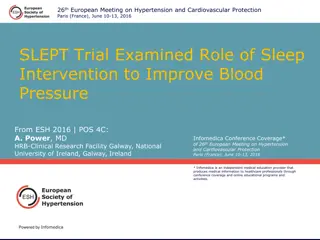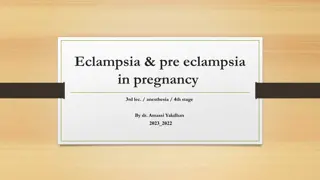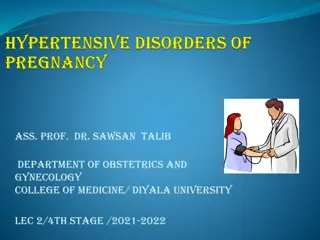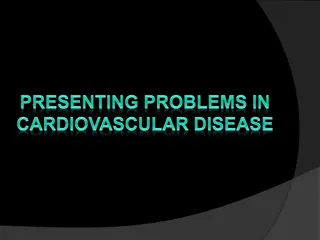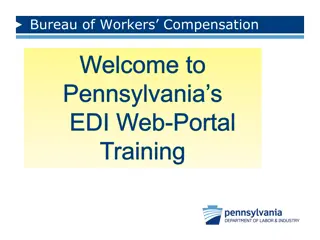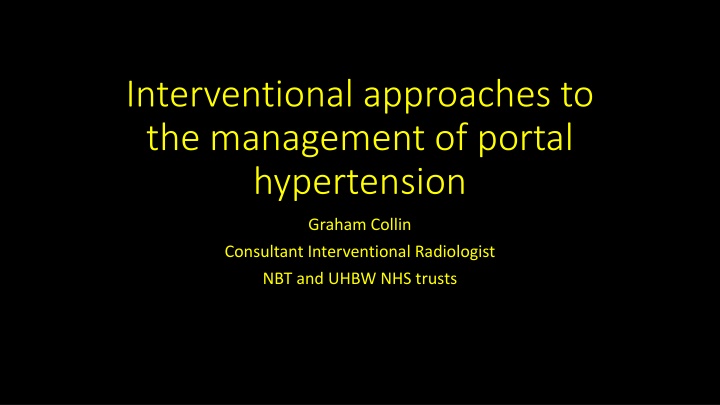
Interventional Approaches for Managing Portal Hypertension and Its Consequences
Learn about interventional radiology approaches for portal hypertension management, including causes, consequences, and medical interventions. Explore procedures like transjugular intra-hepatic portal venous stents and current practices in treating this condition.
Uploaded on | 0 Views
Download Presentation

Please find below an Image/Link to download the presentation.
The content on the website is provided AS IS for your information and personal use only. It may not be sold, licensed, or shared on other websites without obtaining consent from the author. If you encounter any issues during the download, it is possible that the publisher has removed the file from their server.
You are allowed to download the files provided on this website for personal or commercial use, subject to the condition that they are used lawfully. All files are the property of their respective owners.
The content on the website is provided AS IS for your information and personal use only. It may not be sold, licensed, or shared on other websites without obtaining consent from the author.
E N D
Presentation Transcript
Interventional approaches to the management of portal hypertension Graham Collin Consultant Interventional Radiologist NBT and UHBW NHS trusts
Portal hypertension PV to right heart pressure gradient Normal 1-4mm Hg Clinically insignificant 5-9mm Hg Clinically significant >10mm Hg Pre-hepatic Hypersplenism Splenic/ portal / SMV thrombosis Arterioportal AVF Hepatic Any cause of chronic liver disease! Post hepatic Budd Chiari IVC occlusion Right heart failure
Consequences of portal hypertension Ascites /Hepatic hydrothorax Sodium and water retention Increased hydrostatic pressure Risk of SBP due to bacterial overgrowth and leaky bowel wall Portal venous shunting (varices) which may bleed Oesophageal Splenic Gastric Rectal Caput medusae Encephalopathy Increased ammonia levels PV to systemic shunting Hepatorenal syndrome Renal vasoconstriction Splenomegaly Splenic aneurysm formation Thrombocytopenia Cardiomyopathy High output failure due to increased splanchnic blood flow
Management Diagnose and treat the underlying cause! Manage the symptoms Diuretics Paracentesis Beta blockade Lactulose OGD surveillance and variceal banding ??EUS interventions But what about the radiology interventions
Transjugular Intra-hepatic Portal Venous Stent Form a connection between Portal vein and Hepatic vein to decompress Portal pressure Immediate reduction in portal pressure Effective at reducing ascites Effective at decompressing varices and treating variceal bleeding Risks Decompensating of heart failure Worsening hepatic encephalopathy Technical failure Death
General approach What s the clinical presentation What s the underlying problem and associated anatomy Medical treatment or transplant candidate? Can I reduce the portal pressure (TIPSS) Are there any shunts I can / should try to block What about the inflow? Don t compromise the long term options

